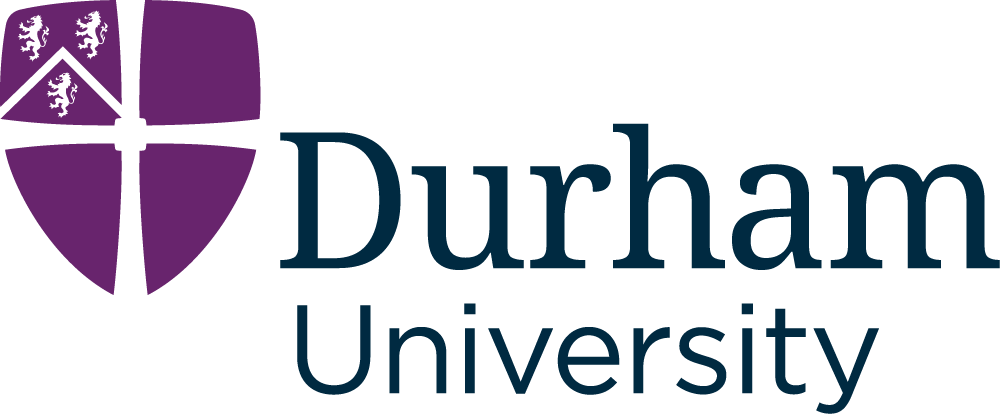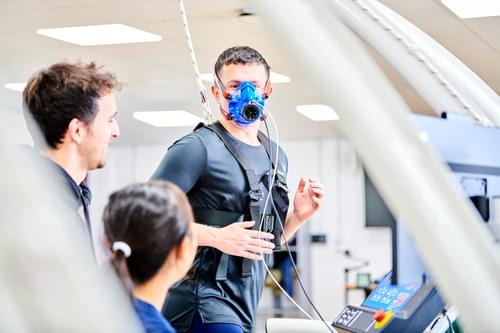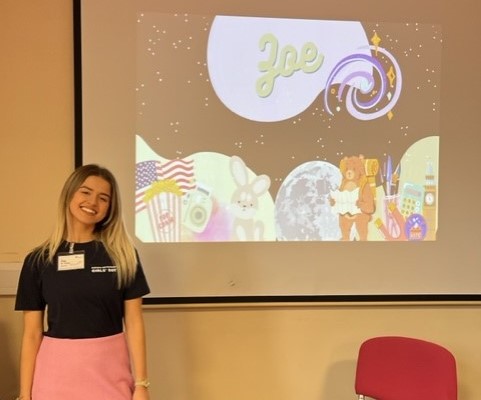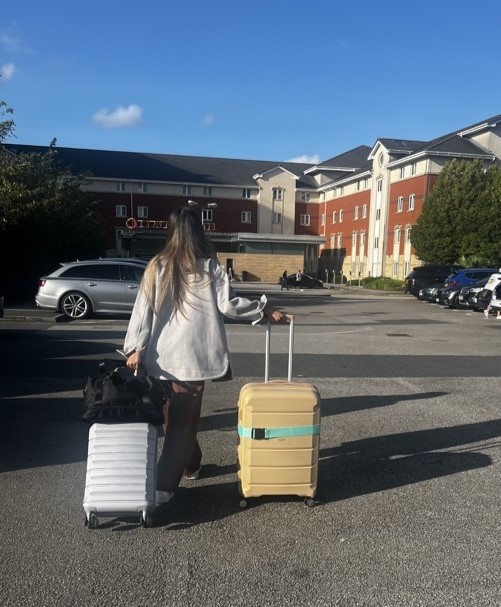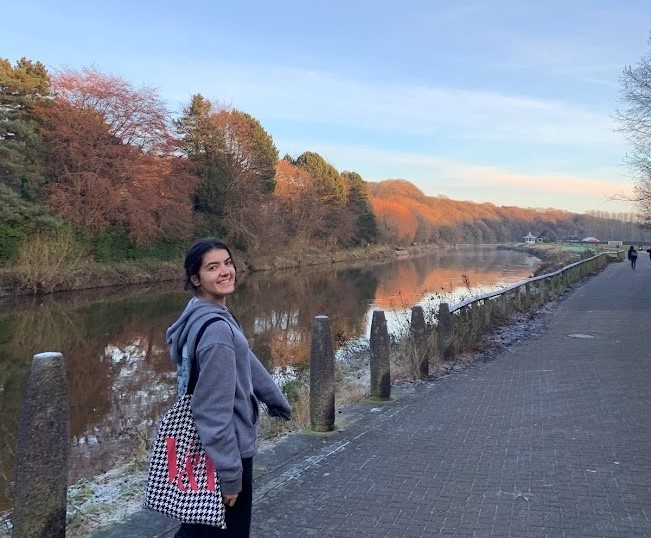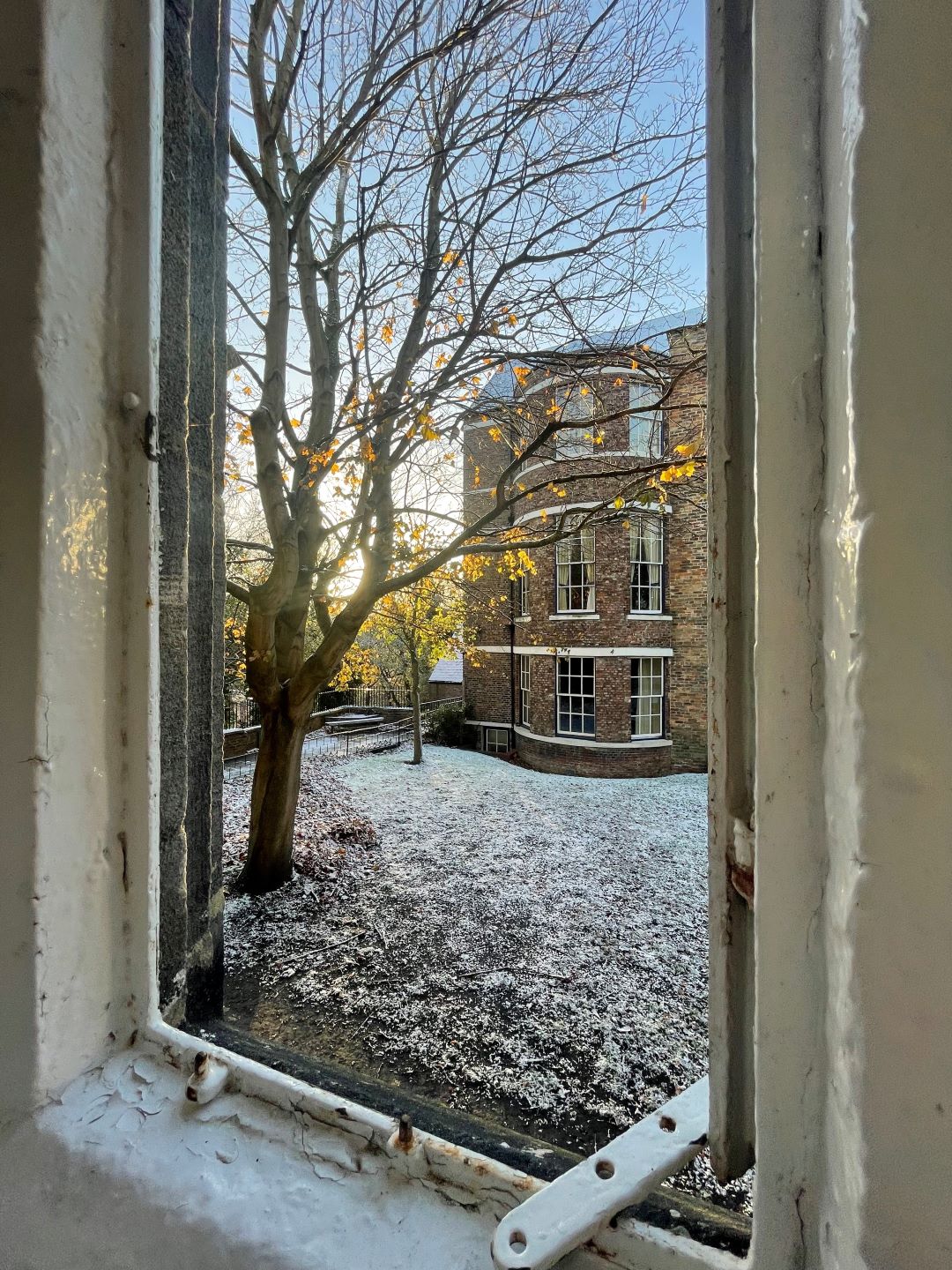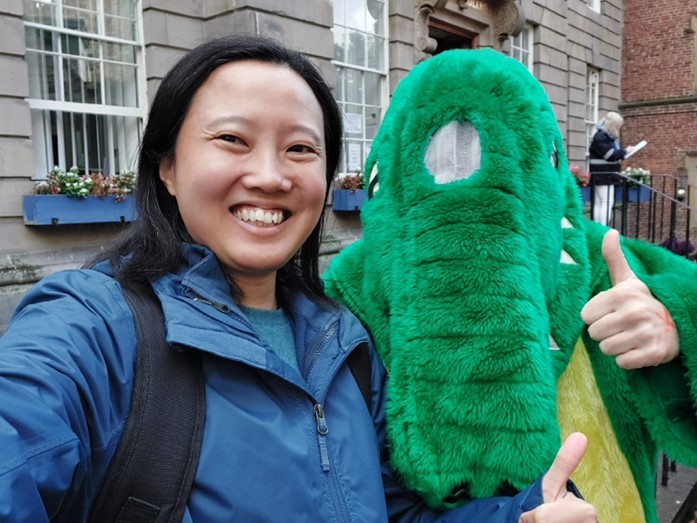Introducing the site
There is no doubt that names have intricate roles to play in identity, we can draw evidence ranging from popular culture, spiritual beliefs to long standing family traditions. Yeavering, where I volunteered over the summer, is no exception. Early medieval peoples knew the site as Ad Gefrin, we identify it as Yeavering, and those in the know translate the Saxon to At The Hill of the Goats.

Whilst dirt, post-holes and 50 mph wind might be interesting to some, what is worth considering at Yeavering is how its oft-changing name is only a small part of its continuously developing story. Brian Hope-Taylor, Yeavering’s original excavator, shaped his study of the site to support Bede’s Historia ecclesiastica. The timeline Hope-Taylor developed is therefore debatable, but its use as a narrative to acknowledge Yeavering as an important archaeological site is unquestionable. To me, such conclusions indicate a story worth investigating.

Public connection and current excavations
My memories of this Yeavering season include people being in holes, lots of cleaning and endless section drawing. Despite these being my main take-aways, the overall goal of the season was to gather more conclusive dating evidence and to reinvestigate Hope-Taylor’s analysis; the team was wholly successful in these endeavours. We also managed to have fun along the way. However, the true strength of the most recent excavations on site was the rejuvenation of interest and passion for Ad Gefrin’s memory and wider contribution to the local and archaeological communities.
Indeed, whilst the physical archaeology plays a role in the site’s continued story, it is the community that Ad Gefrin creates that brings it to life. University students, locals, and experienced archaeologists have established Ad Gefrin as a meeting place, a space for telling tales and creating friendships. This fittingly mirrors its Anglo-Saxon past, when the site was a villa regia, a great hall.

Most days on site there would be folk of all different walks of life about, ranging from local tours to school groups and the occasional passer-by (and most importantly dogs). As individuals we all experienced the site differently, but what connected our experiences is the story such a place invokes. It is easy to imagine the grandeur of the palatial structure, the magnality of the Great Enclosure (a large circular mound curving away from the hall to the east) or the picturesque valley within the Cheviots as it changed over time.
Yeavering’s contribution
Ad Gefrin witnesses the life, death, and progress of people and in return it gives us a better understanding of early medieval culture and a tale of community. I don’t believe that all the stories at Yeavering will be uncovered, or established as truth, but what we do have is a sliver of such a rich history that is incredibly valuable.
Discover more
Our Department of Archaeology is a leading centre for the study of archaegeography, ranked 10th in the QS World University Rankings by Subject 2023. Our students develop knowledge and gain essential and transferable skills through research-led teaching and lab-based training.
Visit our Archaeology webpages to learn more.

